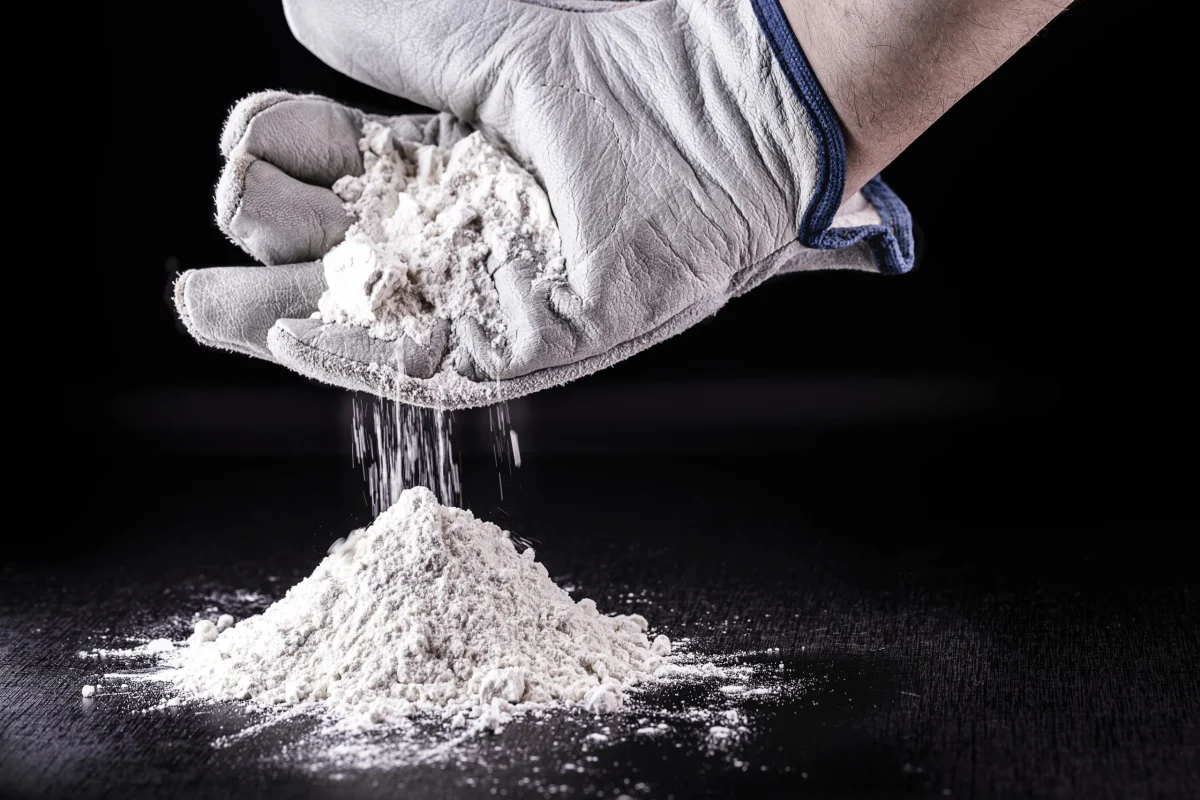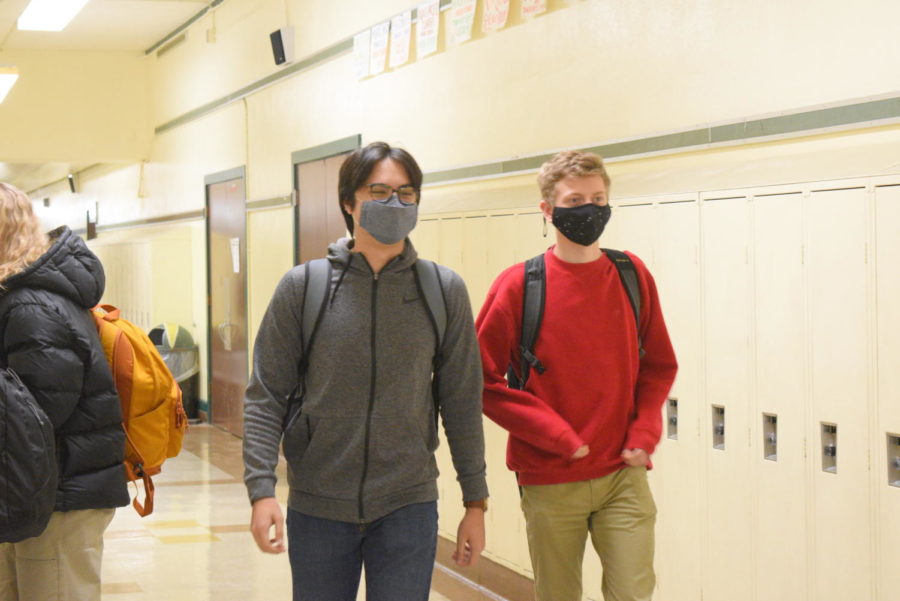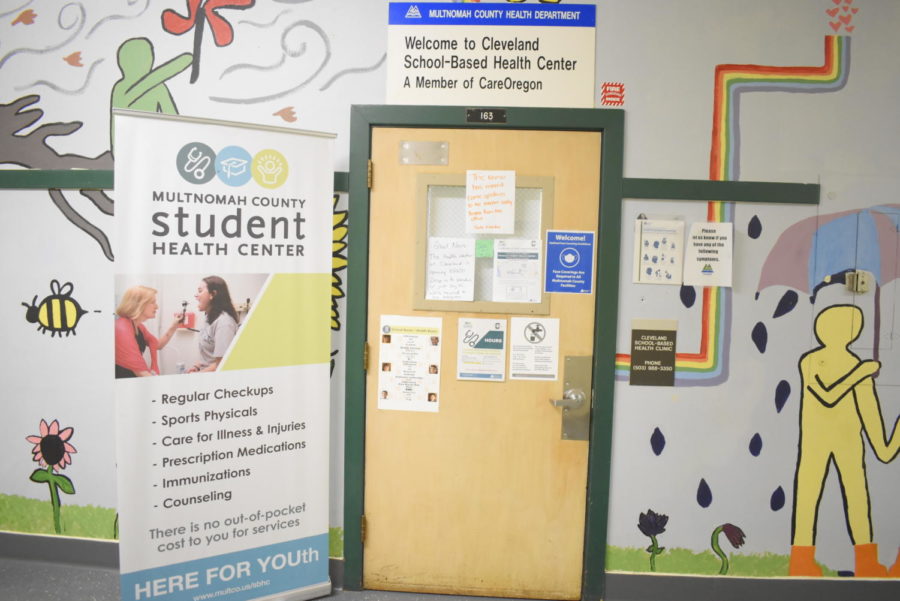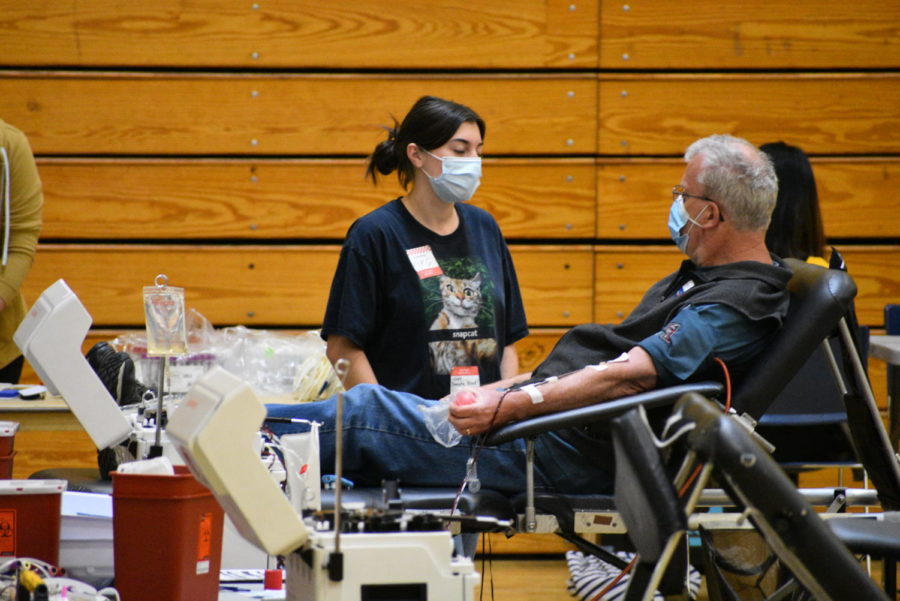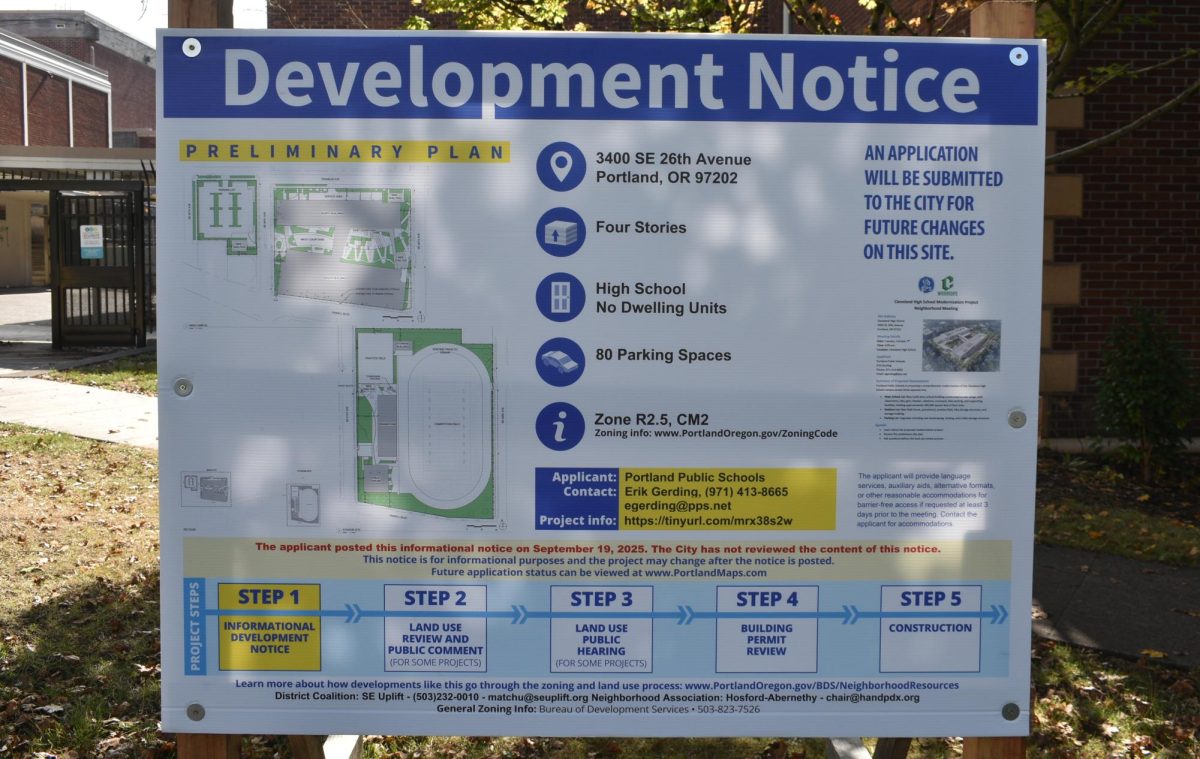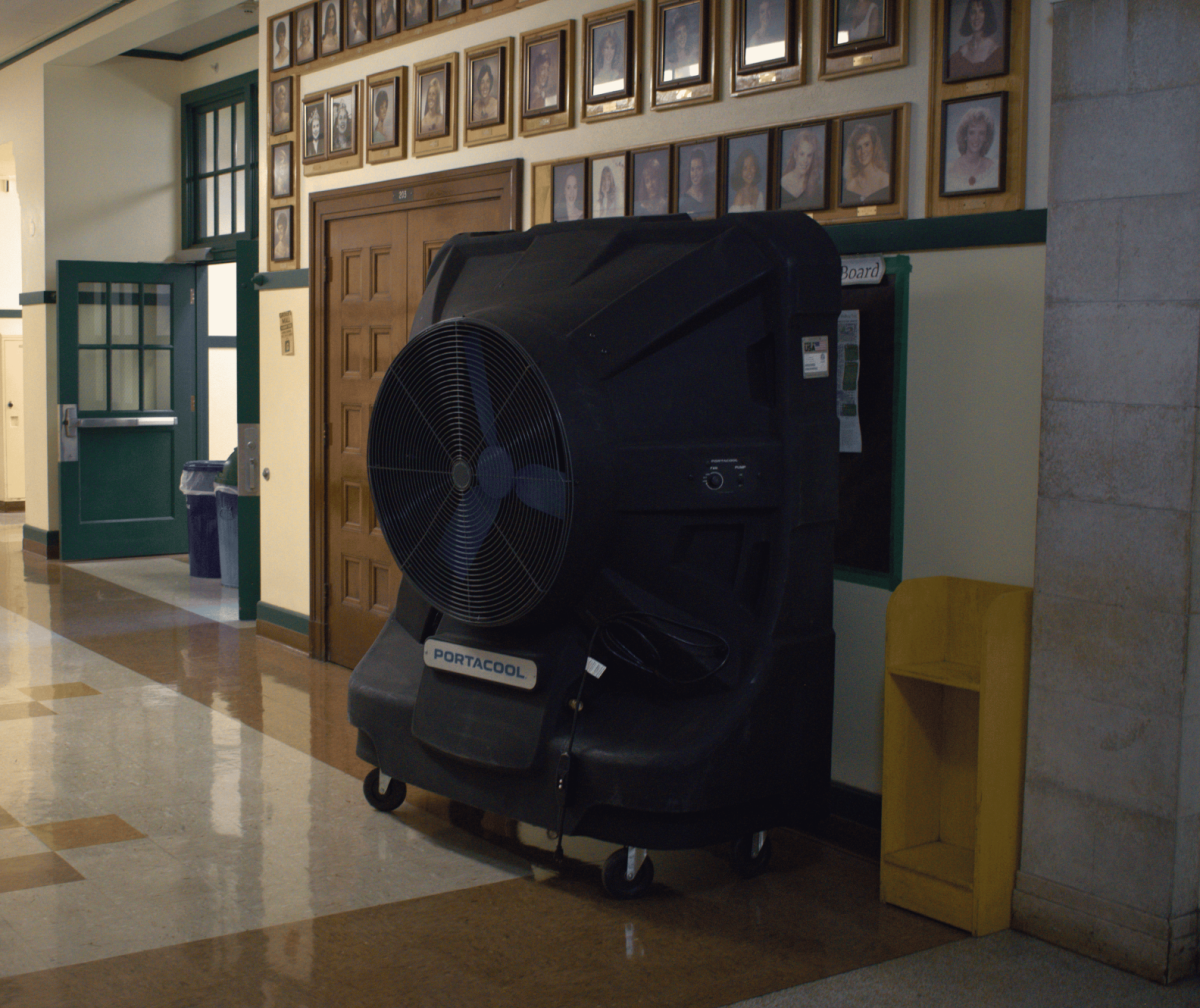Red No. 3 dye, titanium dioxide, potassium bromate and propylparaben are some of the many food additives that are suspected of causing health issues. According to the CDC and Hartford Healthcare, Red No. 3 dye, potassium bromate and propylparaben can be linked to cancer. Red No. 3 dye is also correlated with ADHD in children. Titanium dioxide is suspected of causing DNA damage.
Yet all these chemicals can be found on U.S. grocery shelves: They’re most often added to candy, dairy products, drinks and pastries. Many European countries recognized the danger of those chemicals and therefore banned them. This raises the question: Why is the United States so negligent in their food ban legislation and who is responsible for it?
During World War II there was a rise in the demand for convenience foods and frozen dinners. Many new additives were introduced into the food market. The Food and Drug Administration realized they did not know much about those chemicals and that they could not assure safety for all consumers. Therefore, in 1958, Congress introduced a law that requires the FDA’s approval before a new chemical is allowed on the market.
The law that is still valid today includes an exception for chemicals that are “generally considered as safe.” That loophole was intended for common additives like table salt, spices, or vinegar. Today 99 percent of new food additives are exploiting that loophole. That is because the companies themselves determine whether a chemical falls into the category of “generally considered as safe.”
Another issue is that the FDA has a resource problem. Congress has not appointed the right amount of funding for the FDA to do a lot of chemical reviews. The FDA saw a 10 percent increase in overall budget from 2023 to 2024, with 133 million going to Enhancing Food Safety, Nutrition, and Cosmetics. This was a large increase, but it is split between many different sub-departments and did not remedy the already-existing budget issue in the department properly.
There is some hope for change though: The FDA is reorganizing their food program. For example, the Office of Food Chemical Safety was created on Oct. 1. The FDA also had a meeting regarding the establishment of a food chemical reassessment program, intended to review chemicals that are already on the market, which is still being discussed regarding its implementation. It may be hard to implement this program, though, due to the FDA’s revenue regarding food chemicals. The FDA charges the company a fee to examine its product, but for food chemicals, there is no such system. This makes food chemical examination not profitable for the FDA, which slows the creation of new departments in that area.
In order to avoid exposure to toxic chemicals it’s best to eat whole, unprocessed foods. Checking ingredient lists on items in the store can also be helpful, as similar products often have different ingredients.



